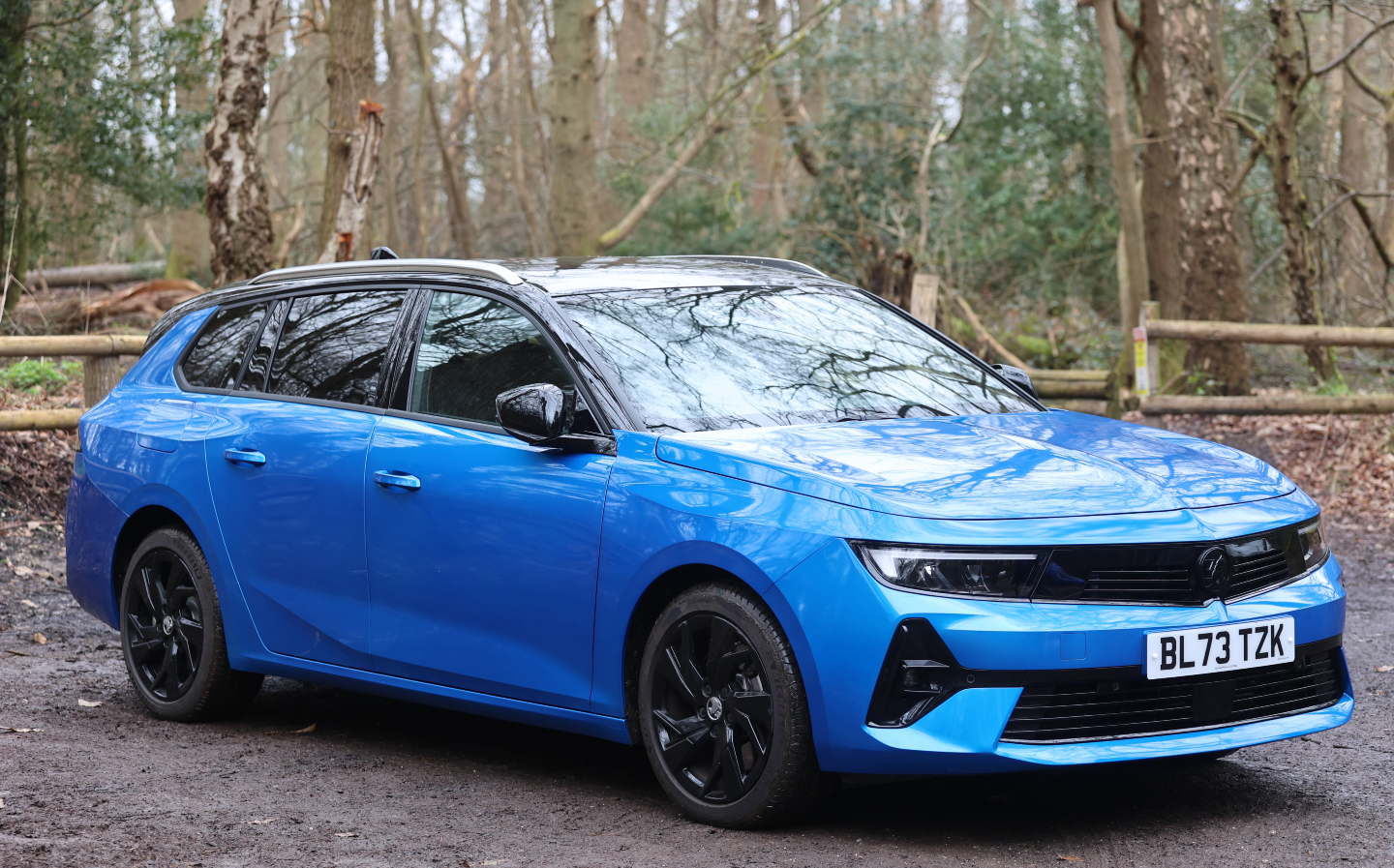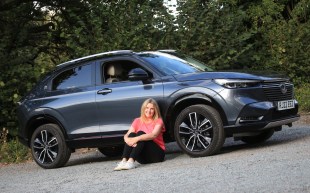Extended test: 2023 Vauxhall Astra Sports Tourer GS PHEV
Is it sporty? Is it good for families? And does it make more sense than a petrol or pure-electric Astra? Tina Milton finds out
Vauxhall Astra Sports Tourer GS PHEV specifications
- Model: Astra Sports Tourer GS, Plug In Hybrid 1.6 Turbo (180PS) 8-Speed Auto
- OTR Price: £40,135
- Price as tested (with options): £41,033
- Colour: Cobalt Blue
- Cost options fitted: Tri coat premium metallic paint £700; large dog mat £62.48; dog cage £133.51
- Engine: 1.6-litres, 4-cylinder petrol engine plus 81kW electric motor
- Transmission 8-speed automatic, front-wheel drive
- Battery: 12.4kWh capacity with 3.7kW on-board charger
- Max power : 178bhp @ 1,750rpm (combined)
- Max torque: 265 lb ft @ 6,000 rpm (combined)
- Electric-only range: Up to 42 miles (WLTP)*
- Top speed 140mph
- 0-62mph 7.7sec
- Fuel consumption (WLTP): 256mpg**
- CO2 emissions (WLTP): 23-24g/km
- VED (road tax) £0 for first year; £155 thereafter
- BIK tax payable (2022/23) 8%
- Insurance group 27E
- Gross weight: 2,170kg
- Luggage capacity: 516 litres / 1,553 litres (seats up /down)
* Expect real world electric range to be less, especially in cold weather, on hill routes and when driven at high speeds. Read on for real world results.
** Achieving this official fuel consumption figure is unlikely in the real world, though depends greatly on individual use cases. Keeping the battery charged and using mainly electric power will result in a higher economy figure. It will also mean fewer in-use emissions.
Test details
- Test period January – July 2024
- Starting mileage 284 miles
Test updates
- April 2, 2024 How great is the estate?
- April 30, 2024 Easter hols and a long motorway trip
- June 6, 2024 Feature focus
- July 11, 2024 Touching on the touchscreen
- July 23, 2024 From Vauxhall Drive to Electric Avenue
April 2, 2024: How great is the estate?
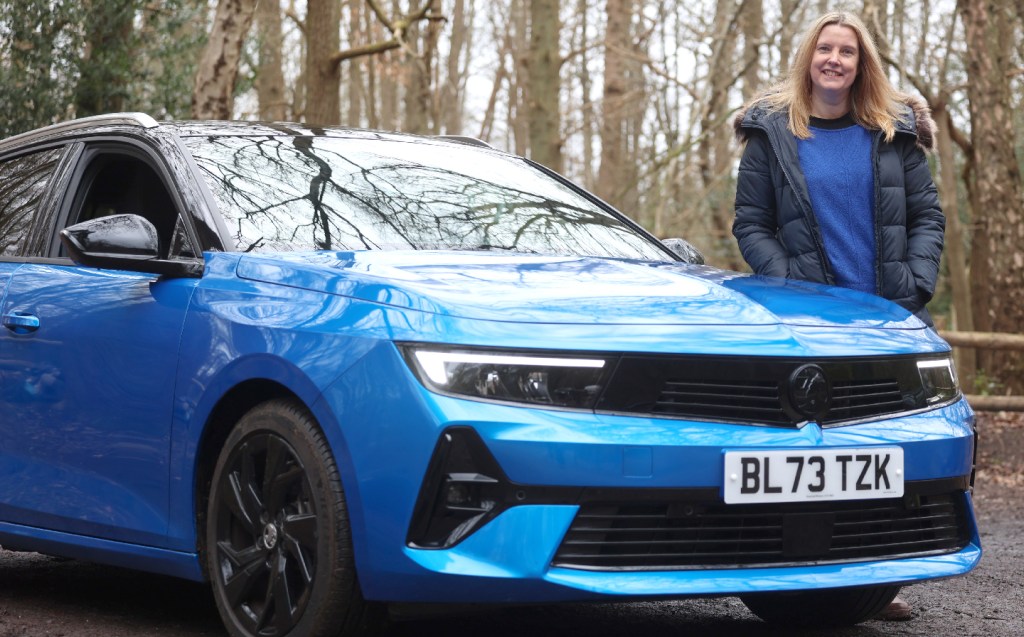
Estate cars are a fond part of my childhood. I remember them as huge vehicles that swallowed up the full family loot we used to take on summer holidays. Bags, suitcases, toys, you name it, the sturdy estate swallowed it all. Sometimes, when our extended family travelled with us, I became part of that loot, excited to sit in the boot with a rear-facing view. My Dad would meticulously pack every last centimetre of space with Jenga-like precision.
I was therefore delighted and intrigued to take on the Vauxhall Sports Tourer for an extended test, so I could reacquaint myself with the virtues of an estate car in a world that has become obsessed with SUVs. And as this version is a plug-in hybrid (PHEV), there is a lot to explore and discover to see if it’s fit for modern family life.
First impressions are firmly positive and the car that rolled onto my driveway definitely exceeded my expectations of the Vauxhall brand. The Astra, which replaced the Viva in 1980, has been tweaked over many refreshes but its latest visual reboot is striking. The black stripe across the nose gives it a confident edge (although the badge is rather camouflaged), which is echoed by the black roof colouring. This detailing is accentuated by the striking Cobalt Blue metallic paint (a £700 option, I should add), which no doubt will stand out in a car park full of grey and silver crossovers.
Vauxhall has supplied me with the GS spec of the Astra Sports Tourer. This is technically the mid-spec version, and one up from the entry-level Astra Design, but is considered the sporty-looking option. At the top of the range is the appropriately-names Astra Ultimate.
The GS comes with plenty of luxuries, though, including dual-zone climate control, a heated steering wheel, heated front seats, adaptive cruise control and an upgraded parking camera. All very welcome features that will no doubt add to the driving experience.
Estates appear to be a sub-group often overlooked by car buyers caught in loops of trading one SUV for another. A few savvy manufacturers have continued to invest in this space, though, realising there is still a market for them due to the practicality and space they afford, as well as the fuel efficiency benefits of not being a high-riding SUV.
The most direct competitors to the Astra Sports Tourer are the Seat Leon e-Hybrid Estate and Skoda Superb Estate (which is due as a PHEV soon). Both boast potential efficiency and value for money.
If you were to punt a little further upmarket, the BMW 3 Series Touring Plug-in Hybrid and Audi A6 Avant TFSI e both emerge as premium competitors. However, the perceived high end badges come with pricetags to match.
Taking the Astra Sports Tourer on this extended test also meant investigating the installation of a EV home chargebox, because unless you keep a PHEV’s battery topped up, you won’t get anywhere near the advertised fuel economy. Vauxhall has plenty of support and advice in this area and pointed me in the direction of Ohme, one of its electric vehicle partners and one of the UK’s fast-growing tech companies.
After navigating the Ohme site to see the choice available and answer some of my initial questions, I selected the Ohme ePod. This is Ohme’s most compact unit, which means it is less obtrusive in appearance on the front of my house. It’s also untethered, meaning the wire can be detached and stored separately, another way to minimise visual impact.
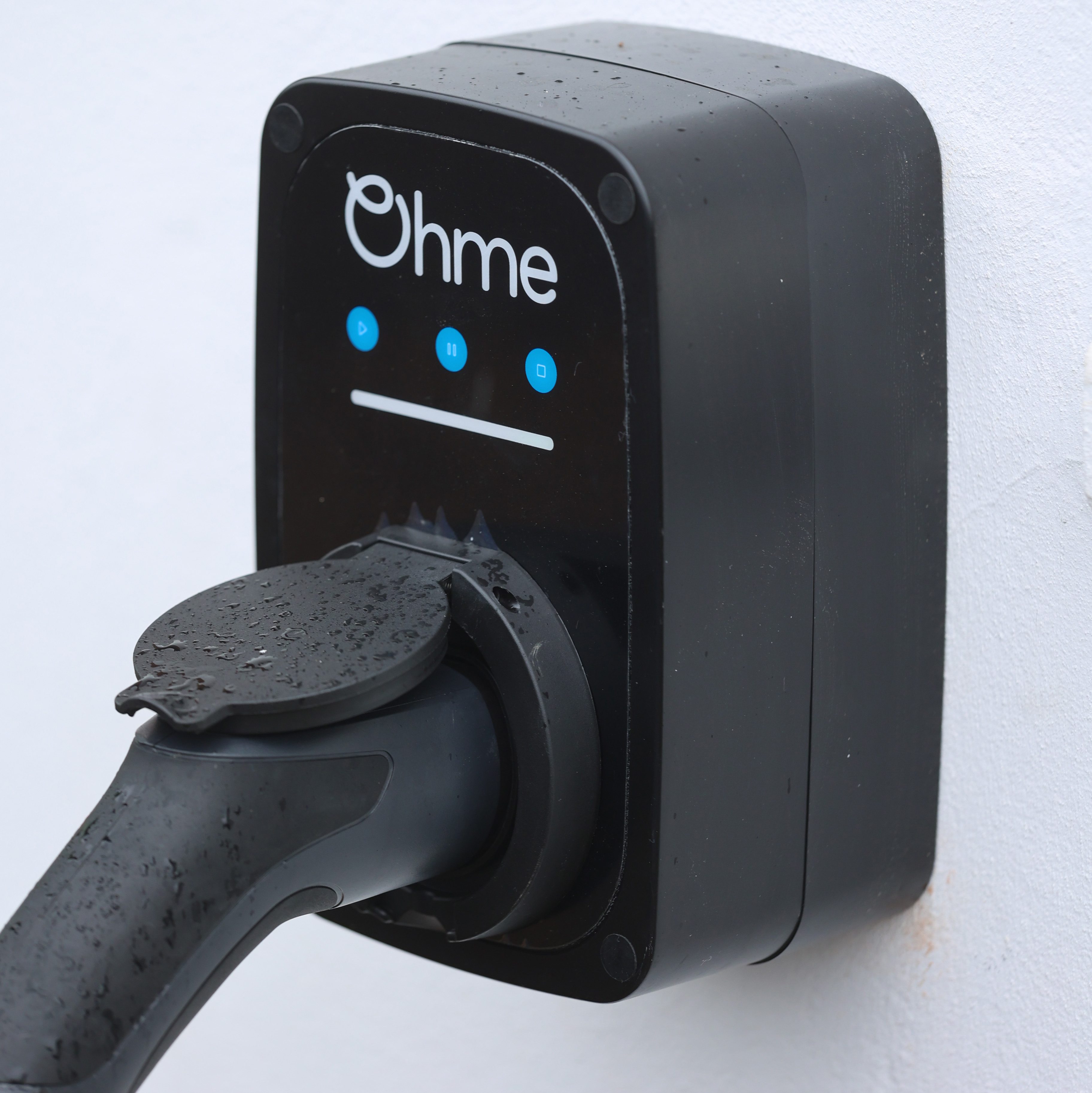
The installation process was relatively straight forward. An online questionnaire provided Ohme with all of the key information needed, such as ease of access to the mains power supply and its proximity to where the car is parked.
Interestingly, Ohme also asked what other high-powered electrical equipment the house might have running, no doubt to ensure the circuit isn’t overloaded when the car is plugged in. I think my husband’s dream of a hot tub might have to go on pause.
The installation took place via the helpful team at Pro EV. Our engineer did a very tidy job including all required drilling, plus he added in some trunking so the cabling was safely and neatly tucked away.
Ohme’s ePod retails from £949 (including install) and is pretty competitively priced from an online search of similar products. I also purchased an Ohme Type 2 to Type 2 (the plug type that has become the standard in Europe) single phase (as opposed to three phase, which can handle faster charges) five metre cable, which is a one-off cost of £169. While most hybrid or electric cars are supplied with cables, I wanted to ensure I have my own quality cable that is designed for use with our wallbox.

So with home charger capability ticked off, I’m all set to give the Astra Sports Tourer a full extended test across a range of typical family activities. We have a few longer trips planned to help give it a thorough workout and I’m curious to see how the PHEV systems works across short, medium and longer driving distances.
- Mileage this month 601 miles
- Miles to date 601 miles
- Average economy 134mpg
For more information on Ohme home chargers, visit ohme-ev.com/our-chargers
April 30, 2024 Easter hols and a long motorway trip
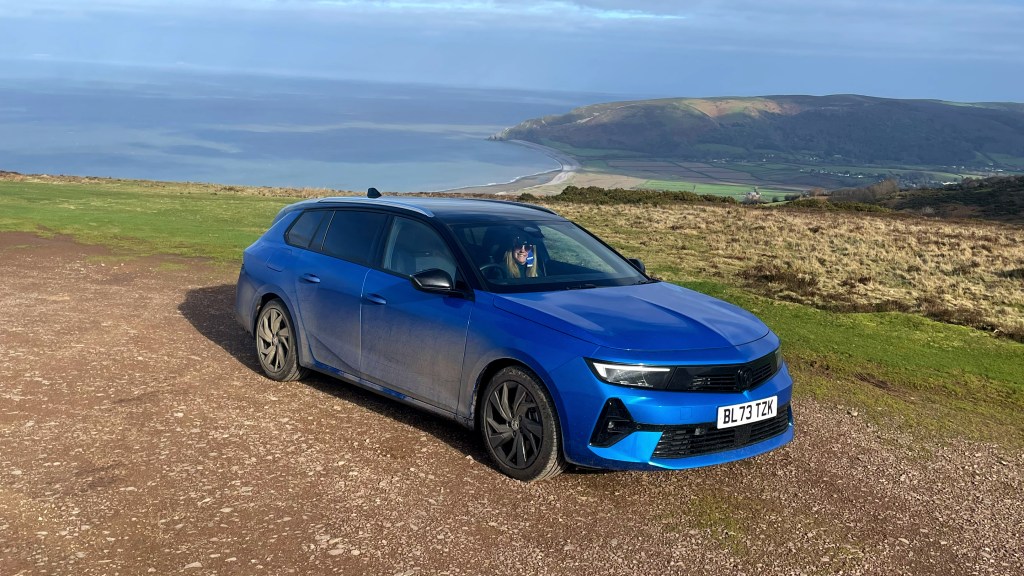
We have settled into life with the Vauxhall Astra Sports Tourer and have been able to give it a thorough workout across a range of terrains. My usual weekly drives are short and frequent, but the recent school holidays meant we escaped for a week to a family favourite spot in Devon, about 180 miles away on mainly motorways. So, is the Vauxhall the all-rounder that I need?
On my local trips, the Sports Tourer has made a real impact as I’ve become a complete convert on plug-in hybrid technology. It’s become second nature to step out of the car and plug into my Ohme ePod every time I pull back onto my drive. The official Vauxhall range is 42 miles but in reality and across some cold mornings, this has been showing up as 33 miles when I set off. While this 21 per cent drop off is a little concerning, I do understand that test environments are very different from real-world use.
This aside, 33 miles in my local driving schedule works just fine. It’s enough to shepherd me about my weekly timetable without having to use any petrol, as I invariably return home before the battery is flat. And because I’m lucky enough to have a driveway and wallbox, I’m able to fully charge at home without having to negotiate the world of public charging. The infrastructure is improving all the time but it can still be a lottery, and charging points in remote locations can be few and far between, meaning those with pure-electric vehicles can struggle when heading to some rural areas. This plug-in hybrid seems to be a great stepping stone while the UK irons out the electric transition kinks.
- Public moving from ‘range anxiety’ to ‘charging anxiety’ as infrastructure fails to keep up with electric vehicle sales, says industry boss
- Spring budget was ‘huge missed opportunity’, says EV charging firm
At 4.6m in length and a low seating position, the Sports Tourer is a different beast from the SUVs and crossovers I’ve become accustomed to when it comes to manoeuvring into parking bays. The camera and sensors have helped with this adjustment, but it has taken time to gauge spots to park and ensure that I’m going to squeeze the car in. I’m sure I will adjust in time but it’s certainly worth a mention for anyone thinking about switching to an estate.
On the road, the Vauxhall offer a very smooth ride. In electric mode, the acceleration is impressive. The 0-60mph is achieved in just under 8 seconds, so it’s no slouch and works to my needs.
The low ride height offers a sportier driving experience and, while parking is an adjustment there are no surprises in terms of the lines of view, but the wing mirrors do seem more angular in shape and a little smaller than I’m used to. Braking is sharp and responsive, too, and the Astra responded well when a recent roundabout hazard necessitated an emergency stop.
Where the Sports Tourer has really dazzled has been on the motorway. Our trip to Devon was the perfect opportunity to see how it would perform on longer, uninterrupted sections of faster carriageway. The EV range only took us two junctions along the M4, so thereafter it was full on petrol-electric hybrid mode and I was curious to see what it returned in terms of efficiency and drive quality.
“The Astra responded well when a recent roundabout hazard necessitated an emergency stop”
Over the 120 miles of motorway on the outward trip we hit a pleasing 48mpg. It purred along comfortably at 70mph with an impressively low engine noise. The cabin felt very well insulated, particularly as the wind picked up as we crossed the Avonmouth Bridge on the M5 near Bristol.
The adaptive cruise control helped to make it a relaxing drive, too, slowing us down gently when cars switched lanes in front of us before calmly picking speed back up again. Likewise, the lane assist feature helped guide the car without overly pulling on the steering, something that has irritated on other models I’ve reviewed.
The Astra Sports Tourer’s automatic eight-speed gearbox has performed well in nearly all driving environments, as we took it up and down steep hills, sharp bends, and undulating coastal routes. It worked its way through the gears without ever straining or having to overwork. I only had to use the optional paddle shifts on a couple of occasions, to drop a few gears when a boost of speed was required for overtaking.
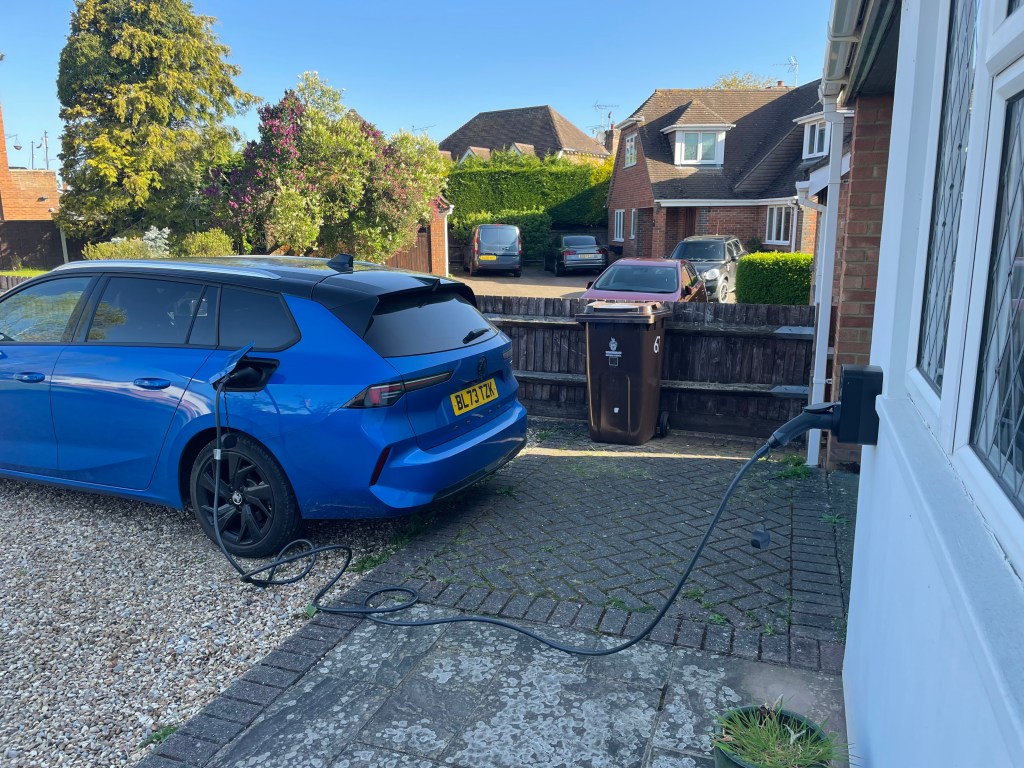
While down in Devon we were fortunate to have a home charger in our accommodation, so we were able to revert to EV power again for our days walking on the beach and trips to local towns. This meant that we only needed one petrol station top up for the week away, giving us fuel for the motorway on the return leg and resulting in a resounding difference to my wallet. With future holiday decisions looming, electric charging at the accommodation will now jump up my list of priorities.
So, the Sports Tourer gets our vote for its driving experience. It’s giving me a different perspective from my usual ride type and I’m taking this as a positive. Next time I’ll continue to explore the Vauxhall’s full proposition as I put its features in focus.
- Distance this month 720 miles
- Mileage to date 1,321 miles
- Average petrol fuel economy 147mpg
June 6, 2024 Feature focus
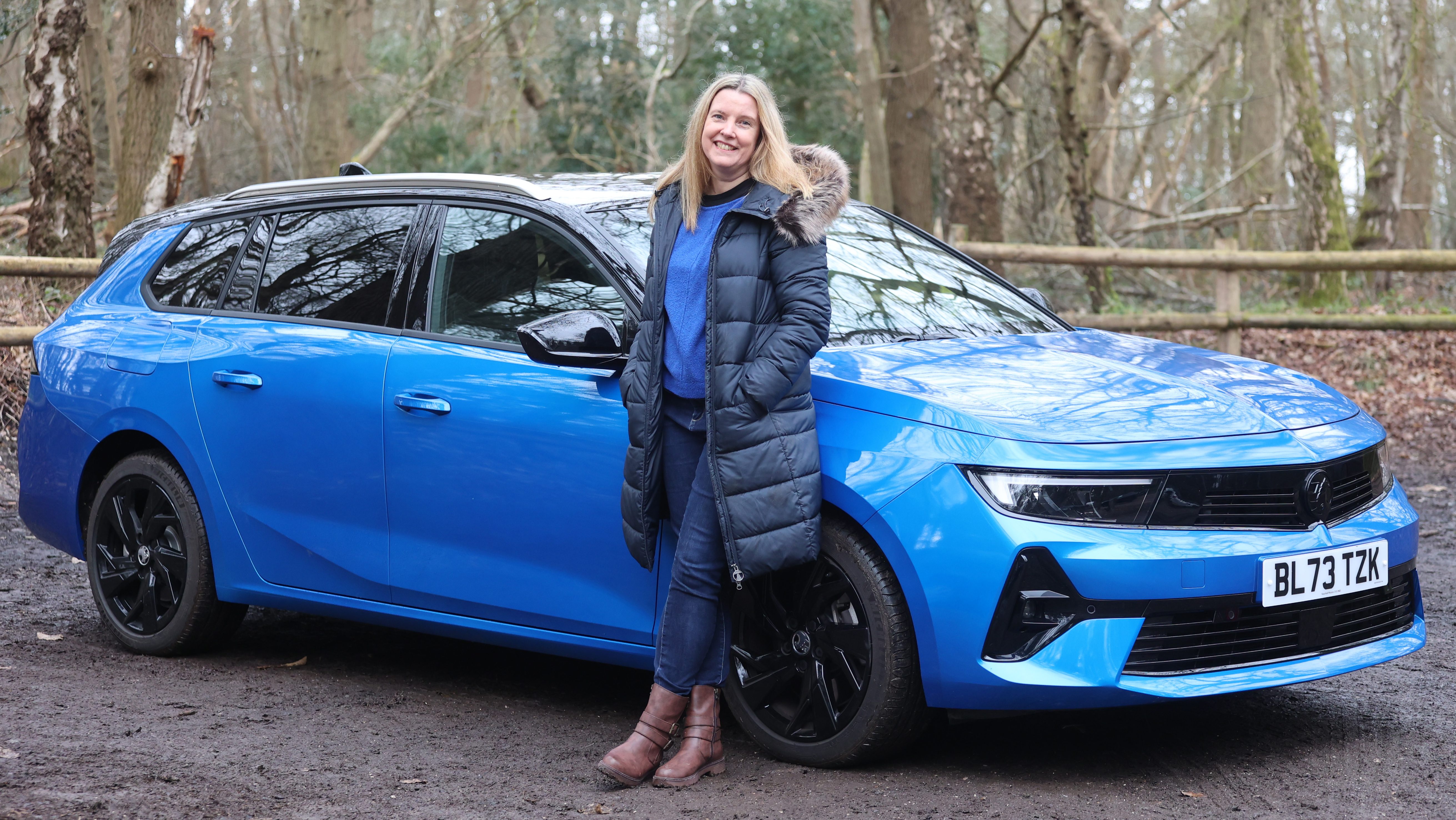
It’s time for some tales of the unexpected. I’ve been living with the Astra Sports Tourer for over three months now and have enjoyed exploring some of its signature features. While there have been a few pleasant surprises along the way, in the interests of balance I also need to report on a couple of niggles.
For example, the boot is a game of two halves. The interior netted side pockets are a real bonus, providing a snug and efficient spot to store my bits and bobs. Dog drinking bottles, wet wipes and compact umbrellas, it holds the lot. The elastic fitting keeps items secure and the open netting means it’s easy to access and dip in and out of.
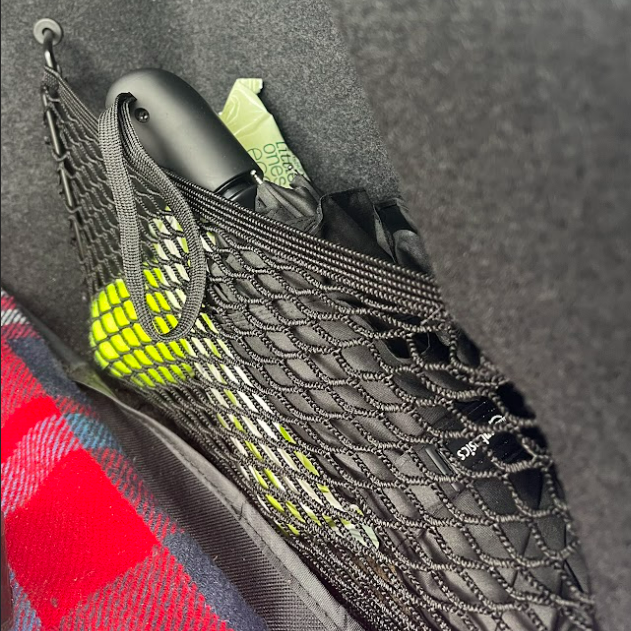
However, having reviewed several tailgate mechanisms over the last couple of years, the majority of which having been automatic, the fact that the Vauxhall has a manually-opening hatch is a gripe. Automatic tailgates can be released and opened remotely from afar via the key fob or closed via the press of a button housed in the boot’s door. Some even open with a waggle of your foot under the bumper.
Whatever the method, many cars now have a degree of automation. With the Astra, the boot is unlocked via the key fob but the hatch itself has to be raised and closed by hand. Maybe we have been too spoilt with our test cars thus far but it has felt a tad cumbersome at times, for example when carrying shopping or with a wet dog tucked under one arm. Wrestling the boot up with one hand isn’t ideal.
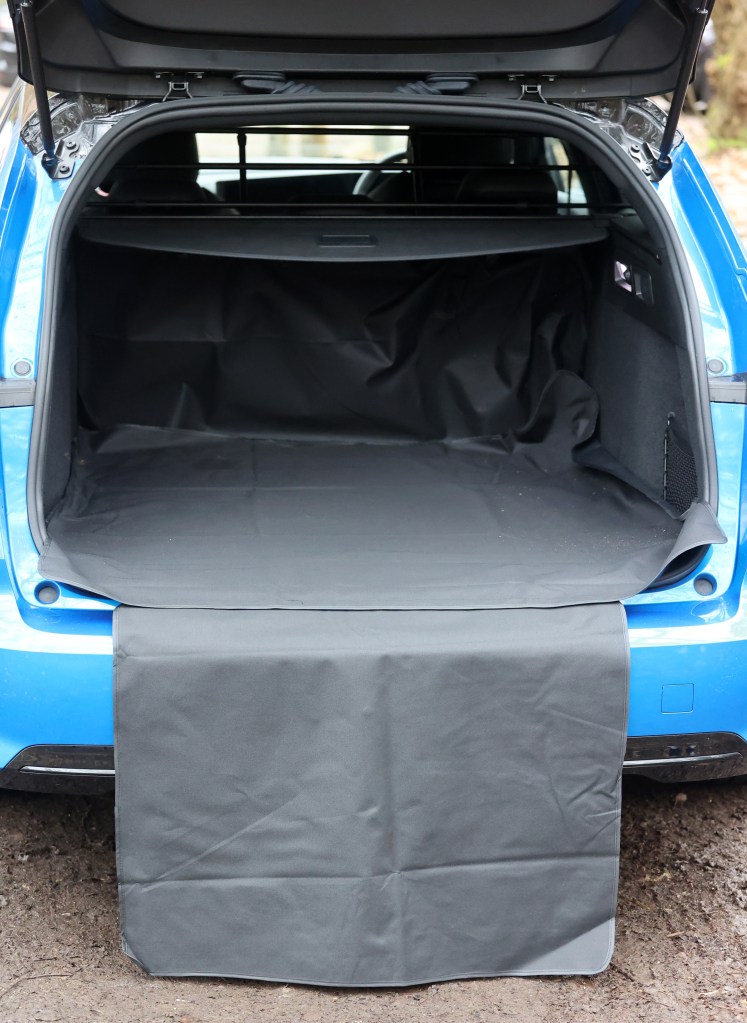
Given the spacious boot is a big plus point for the model and prospective owners may be drawn to it for this very reason, the old-fashioned access is a missed opportunity. This is a GS trim model, don’t forget, so not even the entry-level Astra (which is called Design). It comes with heated front seats so you’d expect an auto tailgate, too, but that only comes as standard in Ultimate and GSe guises.
But one automatic feature it does have has been irritating me. The Astra unlocks automatically when you walk up to it with the key fob about your person, which should be super handy when you’re heading out on a car trip. However, I’ve found it to be overly sensitive and as a consequence it is a little disconcerting if you’re not intending to use the car.
On one particular Sunday morning as I pottered around the front drive, the Sports Tourer went on a rapid series of unlocks and locks as the proximity of the key in my pocket triggered it to respond. And if you’ve left the dog or a child in the car for a few seconds, say if you’ve forgotten something you need for a trip and have to run back to the house, then the car locks and the occupants may set the alarm off.
Keeping things simple is often best, and that is exemplified with one feature inside the car: physical buttons on the central cluster for stereo volume and air conditioning. Not only do I find these easier to identify and adjust than using a touchscreen but it’s less of a distraction when you want to keep your eyes on the road.
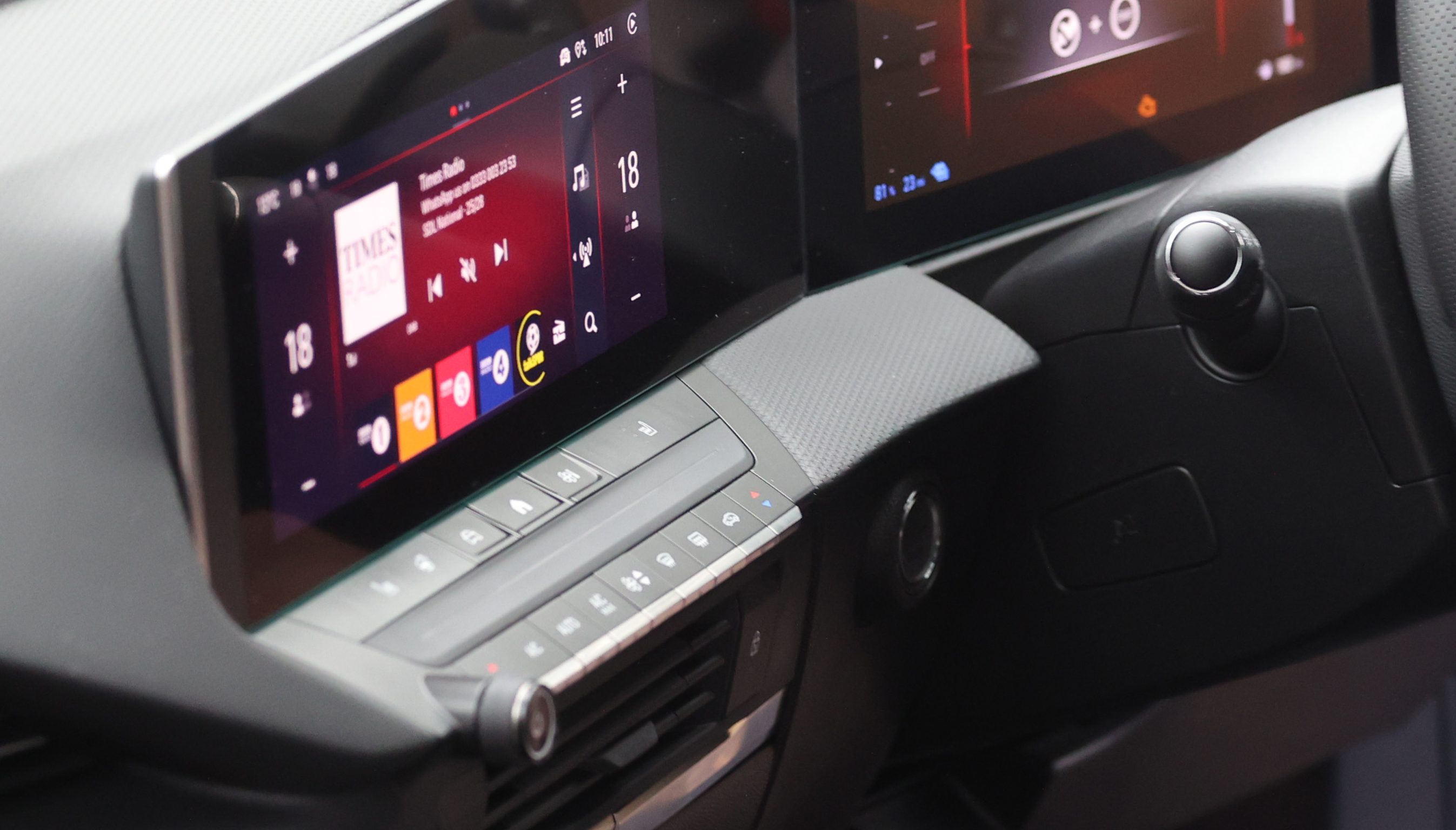
Having to scroll through several menu wormholes to find the feature you need is ridiculous when tapping a physical button is so simple and convenient (kudos to Vauxhall). It might seem less slick than a digital interface but the practicalities are safer and more efficient in my view (even if this option might be more expensive for car manufacturers to install).
[Carmakers have been removing physical buttons for a number of years, ostensibly to de-clutter cockpits but in reality it saves them money in production. However, some are reverting to proper buttons after customer dissatisfaction and a growing focus by regulators on its effect on safety — Ed.]
The very welcome warmer weather of late has also prompted more frequent use of the air conditioning, which gets top marks. Generous horizontal vents, which are three or four times the size of most offerings, can be controlled with a finger slide to channel air sideways. It’s also easy to direct the airflow upwards or downwards, towards your face or inside the cabin. Aside from efficiency, the design is aesthetically pleasing and has streamlined appeal.
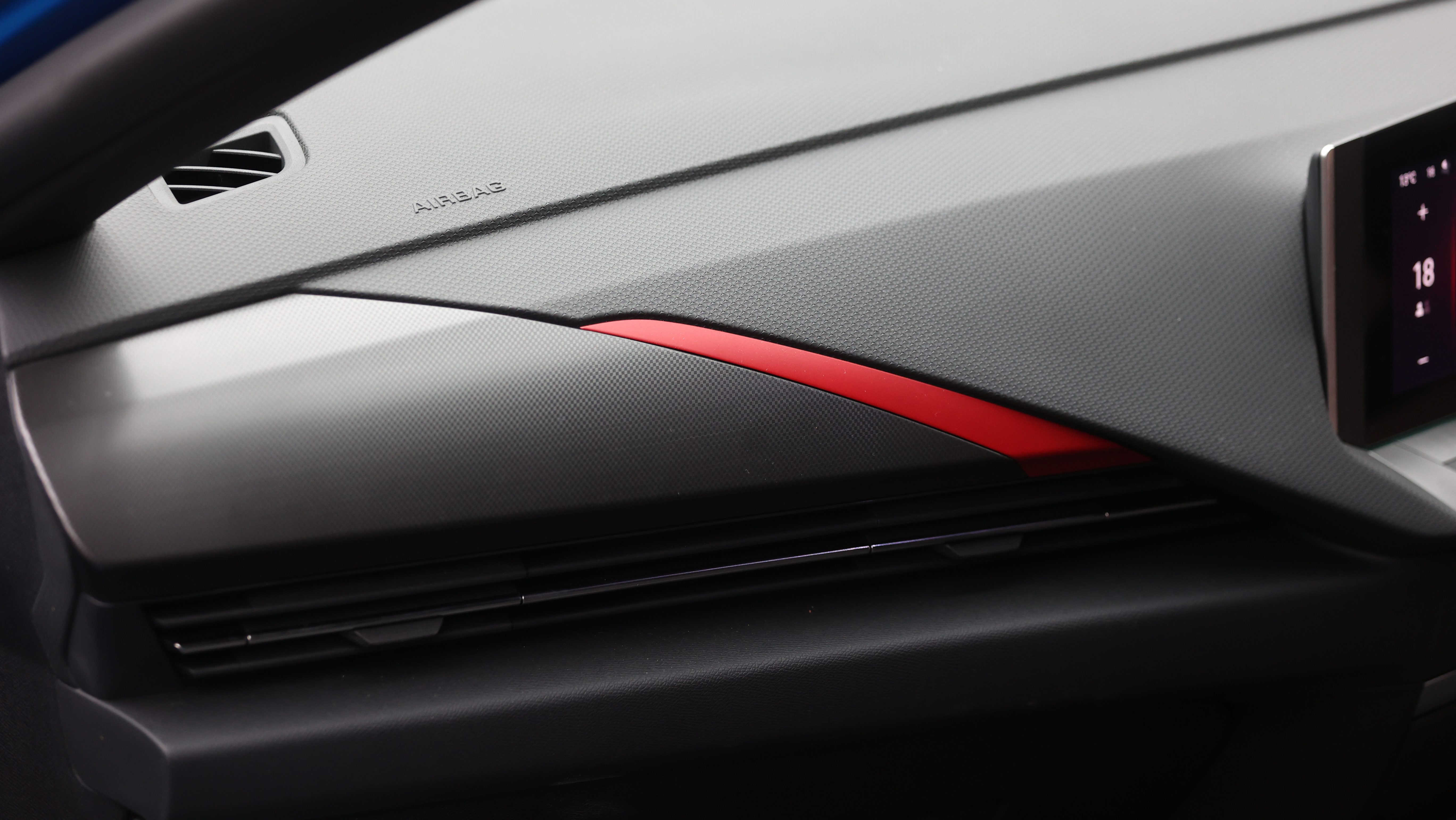
In the next chapter, I’ll be giving the Vauxhall Astra Sports Tourer’s touchscreen and added options a more detailed examination. Both of these areas have influenced my driving experience to differing degrees, so warrant time under the spotlight.
- Mileage this month 646 miles
- Mileage to date 1,967 miles
- Average Economy 191mpg
July 11, 2024 Touching on the touchscreen
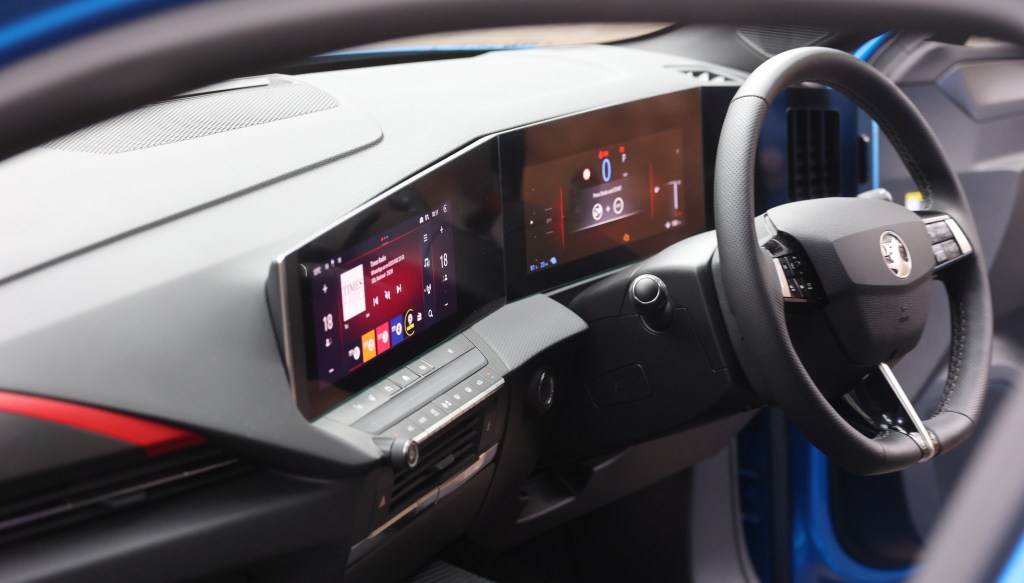
These days most new cars come with a shiny touchscreen to explore. This ubiquitous tech is the gatekeeper to a driver’s personalised set-up, from in-cabin temperature to accessing their favourite podcast. So how does the Astra Sports Tourer fare on this front?
The first impressions are positive. The Astra includes two 10in screens brimming with information: one central display for the entertainment and nav system, and a separate digital driver’s display behind the wheel. Both are logically laid out with icons and colours to help the visual navigation.
The central display is easy to use and has three main screens through which to swipe: the main app page, the in-built sat-nav and the media/ radio player. Its app menu is easy on the eye and well labelled so you can quickly find what you’re looking for. It has the feel of a tablet or large mobile phone, always simple to return to the home screen rather than feeling you’ve gone down a rabbit hole, never to return.
Having become a firm fan of the Astra’s PHEV powertrain, I was drawn to the Energy app and how this could aid my understanding of the car’s power consumption. I was quickly able to access a graphic that analysed my recent energy usage, providing filters by 30, 50 or 180 minute intervals. There are further options for a charging timer (although I have been doing this via my handy Ohme app) and E-Save, a selection that tops up the battery using the petrol engine.
As mentioned in the previous update, I’m a traditional button pusher and dial nudger when it comes to climate control, so I’m happy the Sports Tourer allows for this. However, if you’re a digital-first type of driver, all these systems can also be adjusted with the touchscreen controls, too. The heated seats and steering wheel are also found within this section, and can be swiped up and down to your heart’s content.
A more detailed exploration of the Astra’s tech settings also enabled me to access the Advanced Driver Assistance System (Adas) controls. In layman’s terms, this covers the many safety-related features that all new cars come with — think warning beeps and bongs for being too close to a hedge or about to transverse a lane marker.
‘Like all AI systems, the “Hey, Vauxhall” responses can be a little vague, particularly with weather forecasts … but we have found it to be a nice little extra’
As annoying as they can be in real-time, they can help to save lives and it was interesting to explore the full range covered by Adas, such as the panoramic camera, obstacle detection, speed limit recognition, driver attention alert and auto braking. A series of interesting (and pleasantly non-patronising) tutorials are included, helping me to understand each element and how I could tweak it if necessary.
The Vauxhall voice assistant has provided a few memorable moments since we first began to toy about with it. Asking “Hey Vauxhall” helped us pass the time on a few longer drives by firing up some friendly trivia questions, as well as settling a few bubbling capital city arguments (“Can I Google that for you, madam?”). It also unexpectedly kicked in one day, trying to answer a question I had asked my son about his best goal of the season, which caused some amusement.
Like all AI systems, it can be a little vague, particularly with weather forecasts, but we have found it to be a nice little extra that I’m sure will grow in sophistication over time.
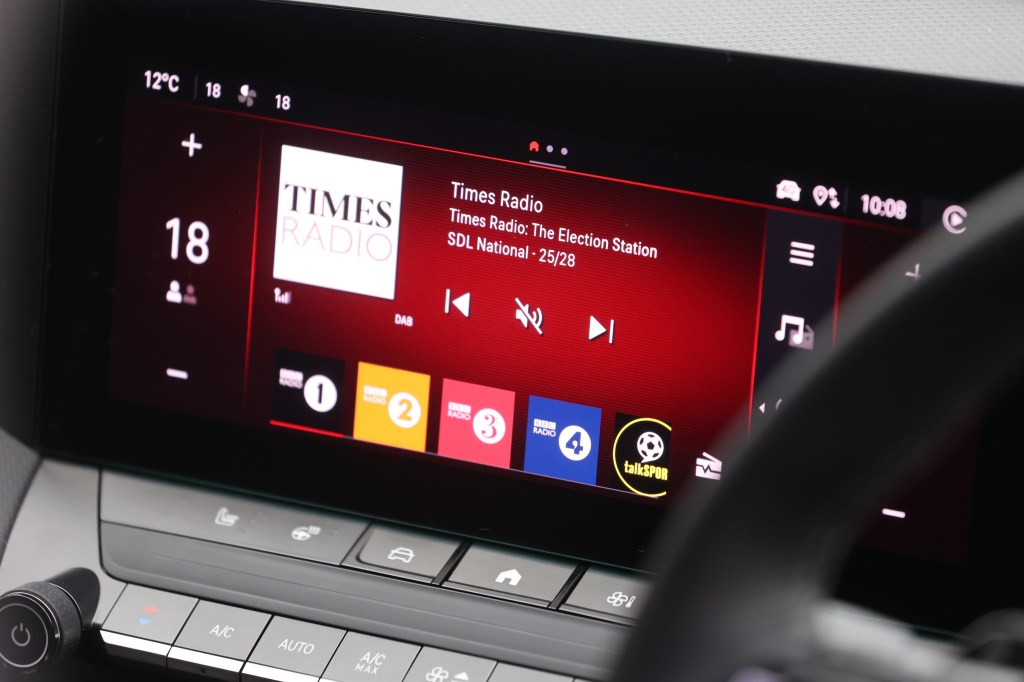
I have two go-to tech tests for any car I review. Firstly, how easy is it to set up Apple CarPlay? Secondly, how easy is it to set up my favourite radio channels? I’m pleased to report that Vauxhall passed both of these adequately.
Both were fairly simple to achieve and accessed intuitively rather than via a deep dive into exhaustive levels of settings, helping me to become a fan of the Sports Tourer’s tech. It packs in a lot of information and offers plenty of options, all done in a welcome, fuss-free manner. “Hey Vauxhall: good job!”
- Miles this month 581 miles
- Miles to date 2,548 miles
- Average fuel economy 221mpg
July 23, 2024 From Vauxhall Drive to Electric Avenue
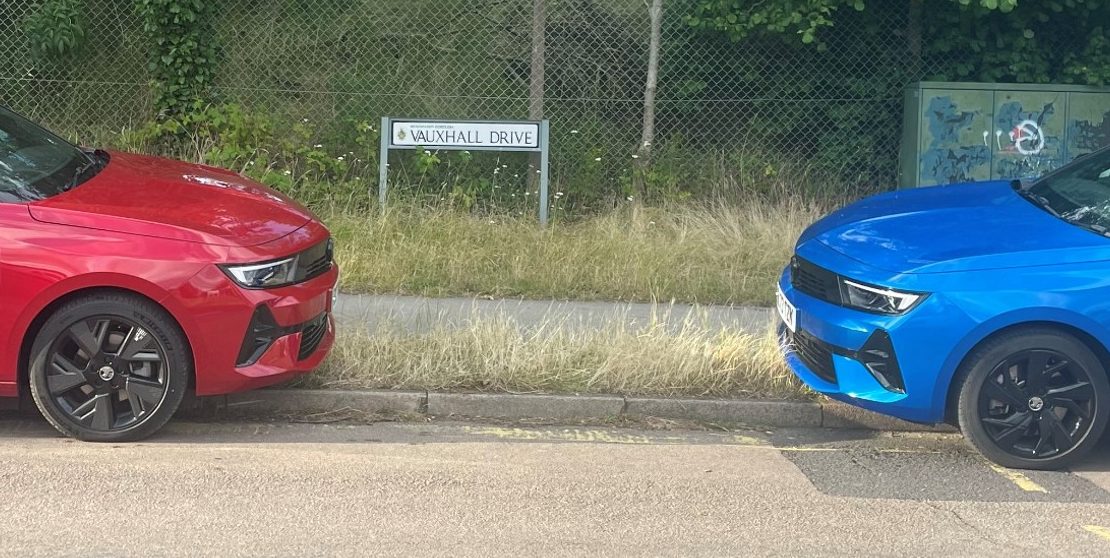
Last month I received a message from Vauxhall: Would I like to try out the Astra Tourer PHEV’s pure-electric sibling? Having become a firm fan of the plug-in hybrid, this was a no-brainer – a chance to directly compare the two plug-in flavours of Astra. What’s more, I’d be sent the EV in Ultimate trim, which is Vauxhall’s range-topping version.
Now with two Vauxhall cars on the drive (red and blue like the famous Milky Way ad), the question was clear: is this the Ultimate upgrade?
Climbing into the Ultimate’s cabin for the first time instantly showed what you get for the extra £4k hike in price. The Alcantara seats add a premium, sporty feel, with a lower seating position accentuated by extra side and head support.
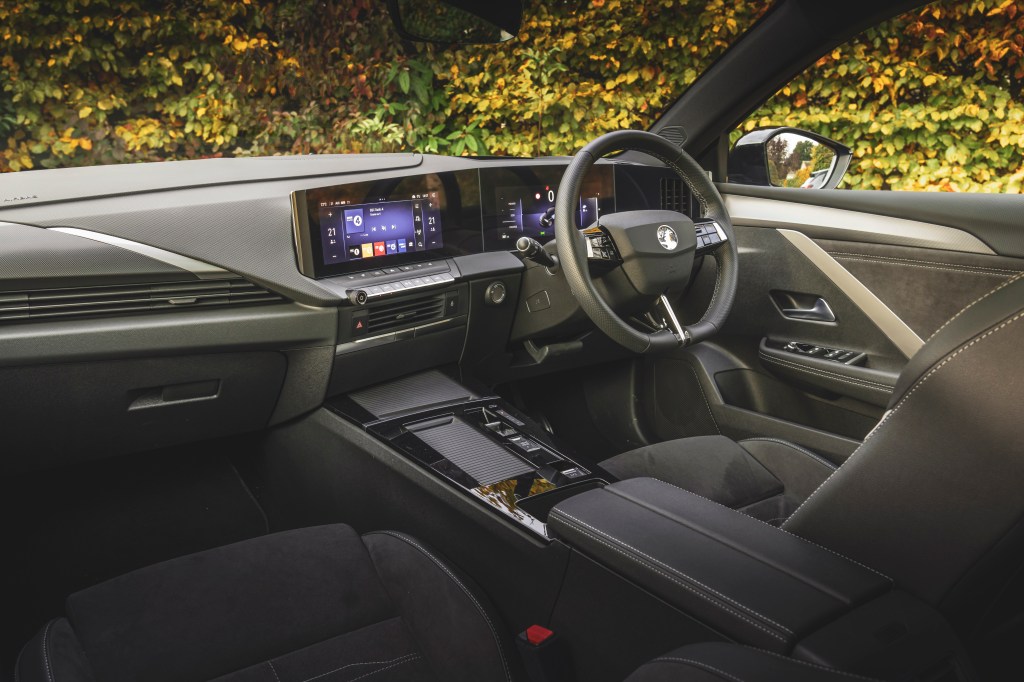
Out on the road, the most obvious upgrade is the driver’s head-up display. This is especially useful at night and works well with the sat nav systems (even Apple Carplay, impressively). The panoramic sunroof is also a welcome addition although I do wish that the British Summer had properly kicked in to allow some extra light into the cabin.
Having gone into a deep dive of the Astra’s tech proposition in previous updates, the Sport Tourer’s Ultimate spec adds two features that I particularly appreciate. First up, the wireless phone charger comes as standard. Having enjoyed this feature when reviewing a rival manufacturer model, attaching a wire in the Astra plug-in hybrid felt like a backward step.
The Ultimate’s wireless charger is located in the central storage tray and a handy little green charging light shows it’s working. Charging was adequate, even when connecting my phone via CarPlay.
The second winning tech feature is the powered hands-free tailgate. This was a personal gripe with the plug-in Astra, as you may have read above, so I was delighted to have this feature on a test car once more. It’s one of those things that once you have it in your life, you never want to go back.
Range testing
With only a short window to give my verdict, I decided to give the Astra Electric a one-day challenge. A busy working day involving being on the south coast for the day, then up in London for an evening event, followed by a trip home to Wokingham in time for bed, seemed like a good (and tough test). Would it be possible on a single charge, avoiding the faff of using the public EV charging network?
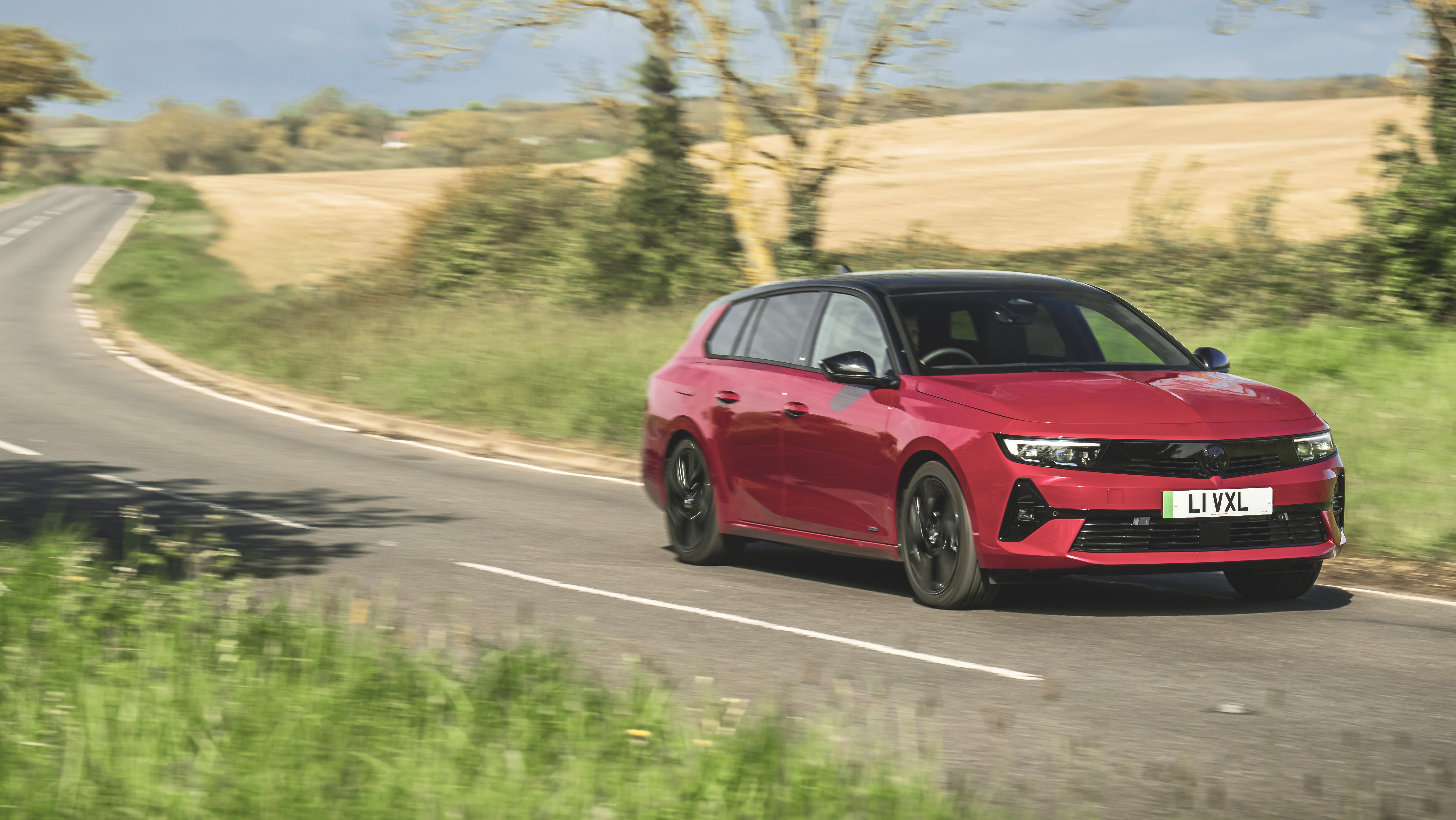
I set off on my first leg with the predicted range showing an impressive 262 miles. This was ample in theory to cover the 165 miles of my day’s travels, but range is a fickle thing and real driving conditions, such as traffic, high-speed motorway sections and British summer temperatures to contend with, I knew not to be complacent. Whenever taking an EV on a long drive it’s worth having a plan and a back-up plan, in case a chosen charger is busy or out of order. And maybe a back-up plan for that.
To drive, though, the Astra Electric feels quite different to the Astra PHEV. On dual carriageways and twisting country lanes, the EV model’s tendency to coast rather than slow down when lifting off the accelerator (the feeling of engine braking you get in combustion cars) took a bit of getting used to. You can increase the regenerative braking by pressing the B button, on the drive select console, but I only found that later, and at a couple of points I found myself having to press quite firmly on the brake pedal.
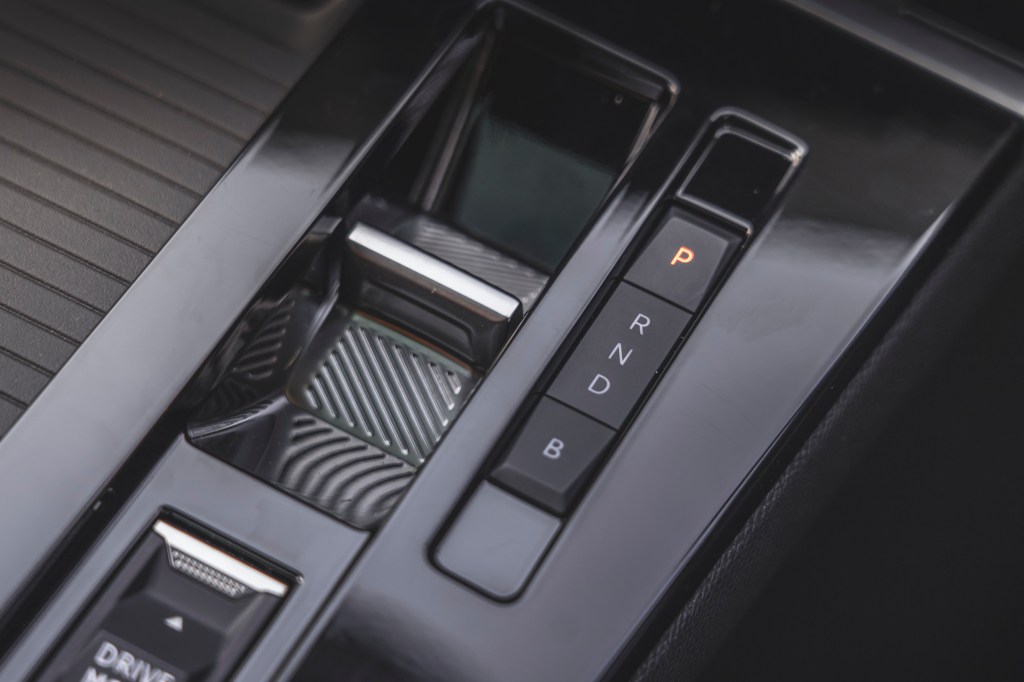
The Astra Electric also feels relatively heavier than with the plug-in hybrid Sports Tourer. Not by much, but the extra bulk from the large battery pack is noticeable straight away when cornering. The suspension is tweaked to compensate, and it rides well, but it just has a different feel. In time I adjusted to the changes, enjoying the immediate power delivery and fast acceleration, particularly at busy intersections like roundabouts when a burst of speed is really welcome.
On arrival at my first pitstop I’d covered 62 miles and the Astra’s battery level had dropped to 70%, with a predicted range of 184 miles to go.
The next part of the drive, after my event, was far from plain sailing, sadly. A combination of slow rural traffic, a horrible jam on the M25 and then hitting the Croydon rush hour meant a two-hour journey ticked past the three-hour mark. The Astra Sports Tourer Electric’s gentle air con kept both my body and temper chilled, and I eventually arrived at my next stop, but what was a 67-mile journey resulted in a further 91 miles of range being used up.
After a lovely family meet-up, I set off for the trip back home with a predicted range of 93 miles and 35 per cent of battery charge. With only 46 miles to cover, I was comfortable that barring a massive diversion or incident, I had enough in the bank to complete my trip. Travelling late at night made for a smooth and less interrupted ride. I hit the final section of the M4 and set the adaptive cruise control to 70mph, grateful for the Astra’s lane-keeping assist to pick up some of the slack after a long day out.
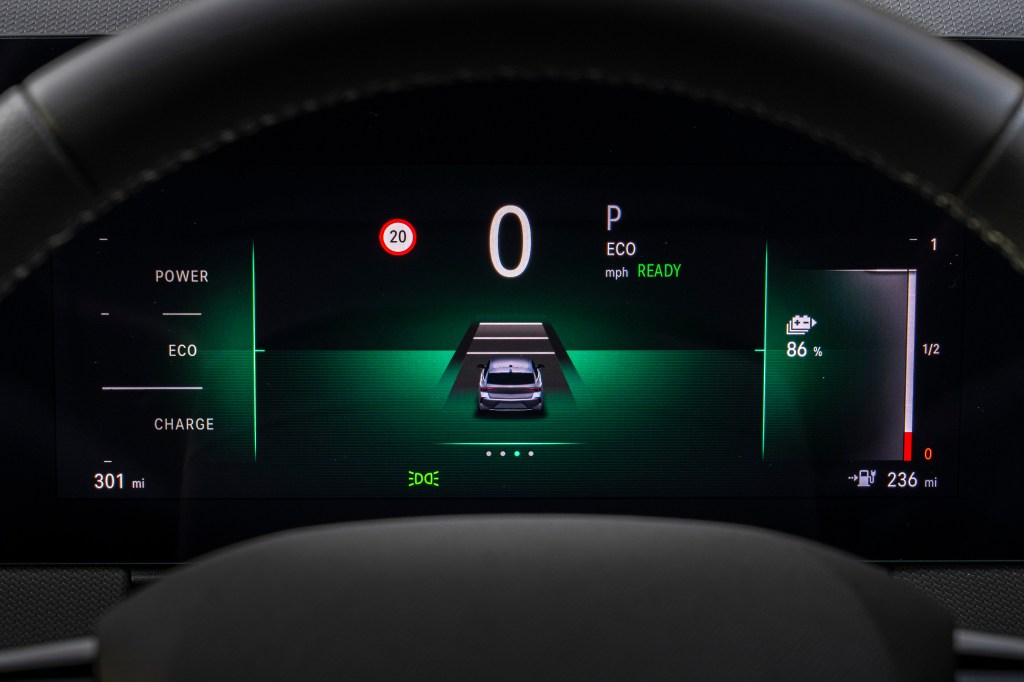
I pulled onto my driveway with the battery level at 13 per cent, the equivalent of 35 miles, which is a reassuring buffer that had prevented any anxiety kicking in.
The overall journey stats showed my day’s real-world mileage of 165 miles used up 87 per cent of the Astra’s battery, which in my maths means the total car’s real range, on a long journey over a mix of roads and conditions is closer to 190 miles rather than the 262 miles that was first predicted. It’s this reality check that becomes part of the learning curve for everyone considering making the leap to pure-electric vehicles, and once you know what is realistic you’re unlikely to ever be caught out.
My time with the electric Astra was a great opportunity to weigh up the differences between plug-in hybrid motoring, with a short EV range, and going the full hog with pure-electric. The Ultimate model comes at a punchy OTR price of just under £46,000, so you certainly pay for the premium cabin and tech features, but running costs are potentially much lower.
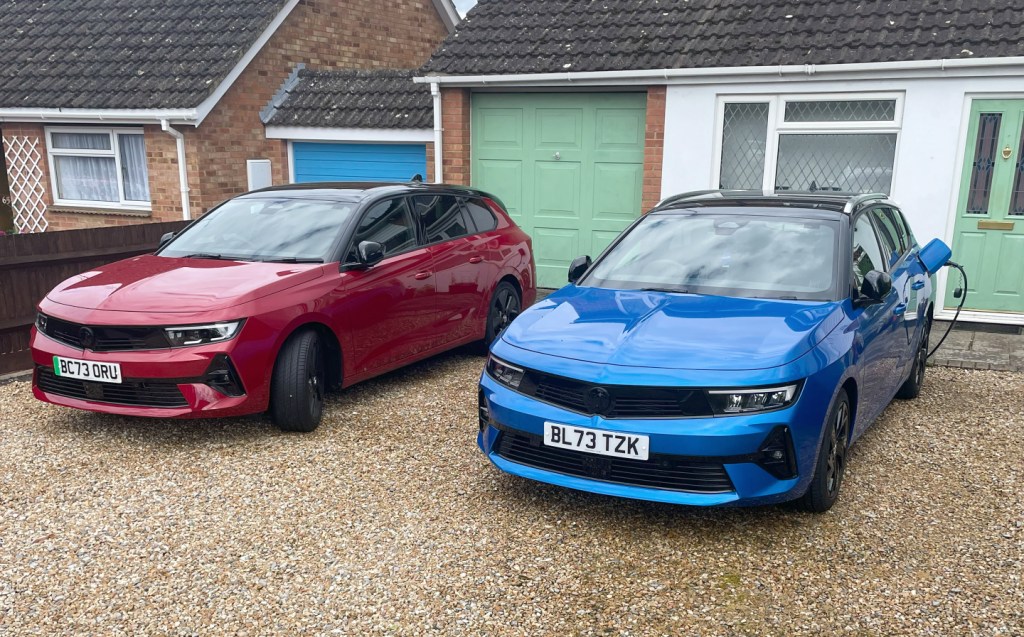
It was all made much easier thanks to being able to recharge at home, with my Ohme home ePod smart charger, so I found it a surprisingly seamless experience. In a market full of SUVs, having an estate-sized pure-electric car is a niche that Vauxhall has leapt upon relatively early, and based on my experience the company may be on to something. I’ll admit to being worried about pure-electric ownership in the past, but the PHEv emboldened me and, when it came to the real thing it was all much easier and convenient than I had imagined.
- Miles this month 414 miles*
- Average economy 4.5 miles/kWh*
* Driving stats for the Astra Sports Tourer Electric Ultimate
For more information on Ohme home chargers, visit ohme-ev.com/our-chargers. And if you’d like to ask Tina a question, please do so in the comments box below.
Related articles
- If you enjoyed this extended review of the 2023 Vauxhall Astra Sports Tourer plug-in hybrid, you might like to take a look at our review of the Mazda MX-30 R-EV: Is it a revolution in plug-in hybrids?
- Also check out our first drive review of the electric Vauxhall Astra Sports Tourer
- And did you know Vauxhall is planning a £22,000 city EV?
Latest articles
- Aston Martin Valkyrie AMR-LMH hypercar hits track ahead of 2025 Le Mans challenge
- Porsche has begun testing the electric Cayenne
- Cupra Leon 272 eHybrid 2024 review: Bigger battery, better tech … but is it a Cupra?
- Porsche 911 GTS 2024 review: Hybrid heresy or more Stuttgart genius?
- Extended test: 2023 Vauxhall Astra Sports Tourer GS PHEV
- Ford Capri revival has faced a lot of flak… but are buyers put off? Here’s what visitors to the Festival of Speed had to say
- F1 2024 calendar and race reports: What time the next grand prix starts and what happened in the previous rounds
- ‘No timeframe’ for how long Volvo’s returning estate cars will be on sale in UK
- Kia Picanto 2024 review: Updates add spice to cute Korean city car


